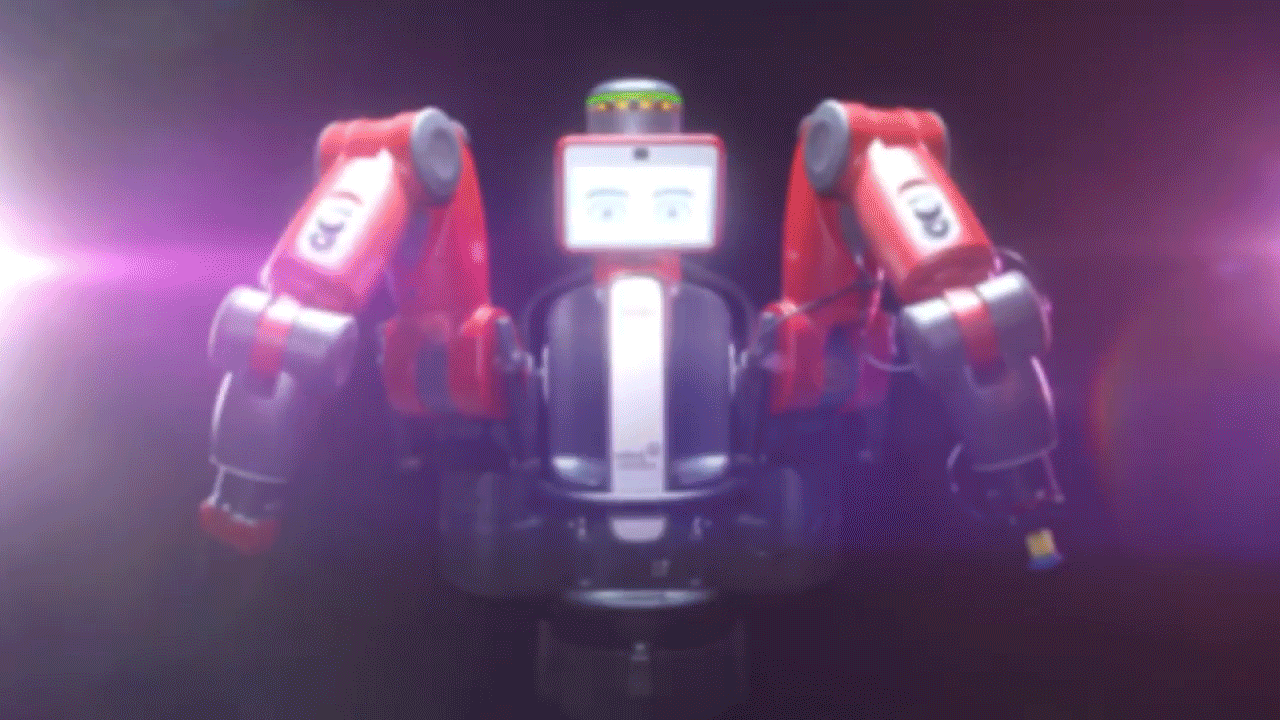The demise of Rethink Robotics shows how hard it is to make machines truly smart

Don’t worry, the robots are still coming.
It might seem like a bad sign for robotics and AI that Rethink Robotics, which pioneered the development of more intelligent and user-friendly robots, plans to shut down. But the true picture is more complicated.
Rethink’s CEO, Scott Eckert, told the Boston Globe that the company ran low on cash as sales of its robots fell short of expectations. But Rethink’s fate seems counter to that of the industry as a whole. The robotics business is, in fact, booming. According to the latest figures from the International Federation of Robotics, an industry body, worldwide sales of robots increased by 31% in 2017 over 2016—a new record.
Worldwide, manufacturers are trying to automate ever more tasks to make up for shortages of human labor. E-commerce giants, meanwhile, are exploring new approaches to automating the picking, packing, and processing of goods. There’s a catch, though. If you visit a company using robots, you’ll find that the vast majority aren’t very smart or adaptive. They can do things precisely and tirelessly, but they are easily befuddled by real-world complexity and are mostly painful to program.
Rethink tried to change that with two safe and very easy-to-use machines, Baxter and Sawyer. You could move one of these robots through a task, such as picking objects from a conveyor belt, and they would learn how to do it for themselves. Doing this is far harder than you might think, though. It requires cutting-edge machine vision, and it means balancing precision with compliance in the robots’ arms and grippers.
Rethink was perhaps too ambitious for the technology available today. Making robots adaptive and intuitive is hard to pull off reliably, and Rethink may have found too few companies willing to take a risk. Even so, the company helped kick-start a trend that is currently transforming industrial robotics. The past few years have seen the emergence of so-called collaborative robots (or “cobots”), which do not use enough force to hurt a person and so can be used alongside human workers. These machines can be deployed more easily in new situations, and they open new possibilities for human-robot collaboration.
Other cobots have taken off. A competitor to Rethink, the Danish company Universal Robots, makes a simpler collaborative arm that has sold more than 25,000. Some of the industry’s larger robot manufacturers, including ABB, a Swedish-Swiss company, and the German giant Kuka, have developed collaborative systems of their own.
“Rethink helped to create and define the collaborative robotics space,” says Rick Faulk, CEO of Locus Robotics, a company based just outside Boston that specializes in mobile warehouse robots. “The contributions of [the founders] to the robotics field, though slightly ahead of their time, will continue to influence developers for many years to come. Their work opened the minds of prospective customers to the possibility of robots.”
Rethink was founded in 2008 by Rodney Brooks, a big name in robotics who previously ran MIT’s Computer Science and Artificial Intelligence Lab. In the 1990s, Brooks pioneered a ground-up approach to robotics that helped propel the field forward. His vision for Baxter was to abstract the complexity involved in using industrial robots and make the technology very easy to use.
"I am most proud that we changed industrial robots forever, bringing them out of the cage and making them so that ordinary people could get robots to do new tasks and to tweak what they were doing without writing or reading a single line of code," Brooks told MIT Technology Review via email. "The consequences of this new class of robot are yet to be fully explored but it will be commonplace in just a few years."
Besides a strong technical pedigree, the company had some big-name backers, including GE Ventures, Highland Capital, and Bezos Expeditions, the investment firm of Jeff Bezos.
The story of Rethink perhaps also offers lessons for the future of the industry. There’s growing interest in using recent advances in AI to make industrial robots a lot smarter and more useful. Approaches like deep learning and reinforcement learning could help robots figure out how to complete complex tasks by themselves. Academic researchers looking into this approach are making progress and giving impressive demos. I recently wrote about Osaro, a startup in San Francisco that hopes to use machine learning to let robots grasp unfamiliar and awkward objects.
But look carefully and you’ll see that these technologies are at a very early stage, and that deploying them commercially could prove extremely challenging. The demise of Rethink doesn’t mean industrial robotics isn’t flourishing, or that AI-driven advances won’t come about. But it shows just how hard doing real innovation in robotics can be.
Updated with comment from Rodney Brooks.
Deep Dive
Artificial intelligence
What’s next for generative video
OpenAI's Sora has raised the bar for AI moviemaking. Here are four things to bear in mind as we wrap our heads around what's coming.
Is robotics about to have its own ChatGPT moment?
Researchers are using generative AI and other techniques to teach robots new skills—including tasks they could perform in homes.
An AI startup made a hyperrealistic deepfake of me that’s so good it’s scary
Synthesia's new technology is impressive but raises big questions about a world where we increasingly can’t tell what’s real.
Stay connected
Get the latest updates from
MIT Technology Review
Discover special offers, top stories, upcoming events, and more.